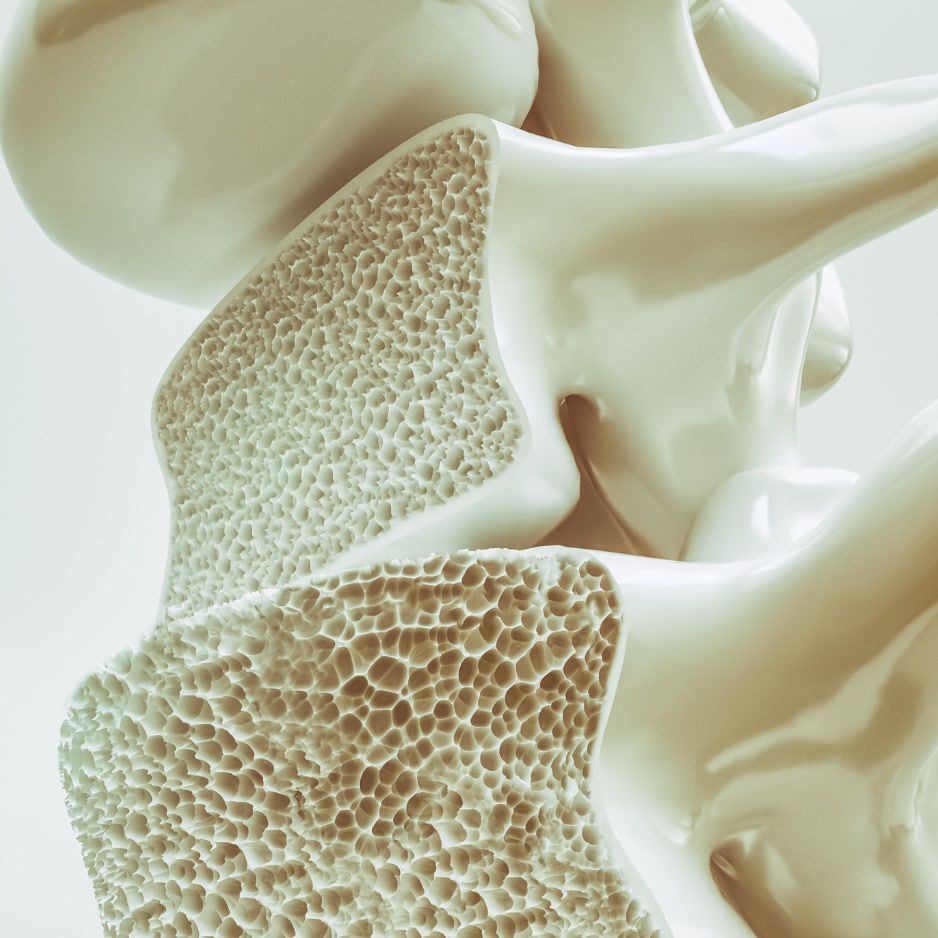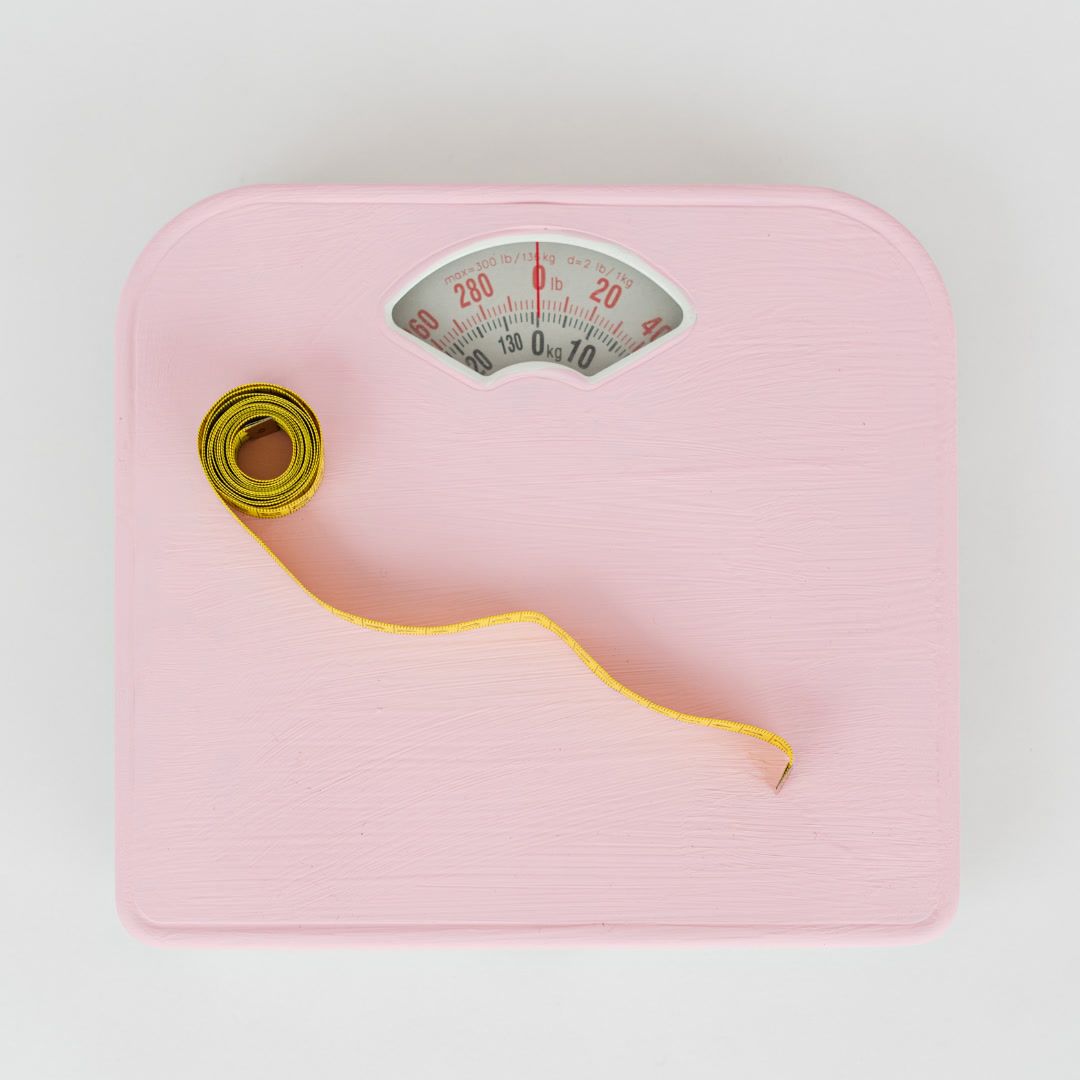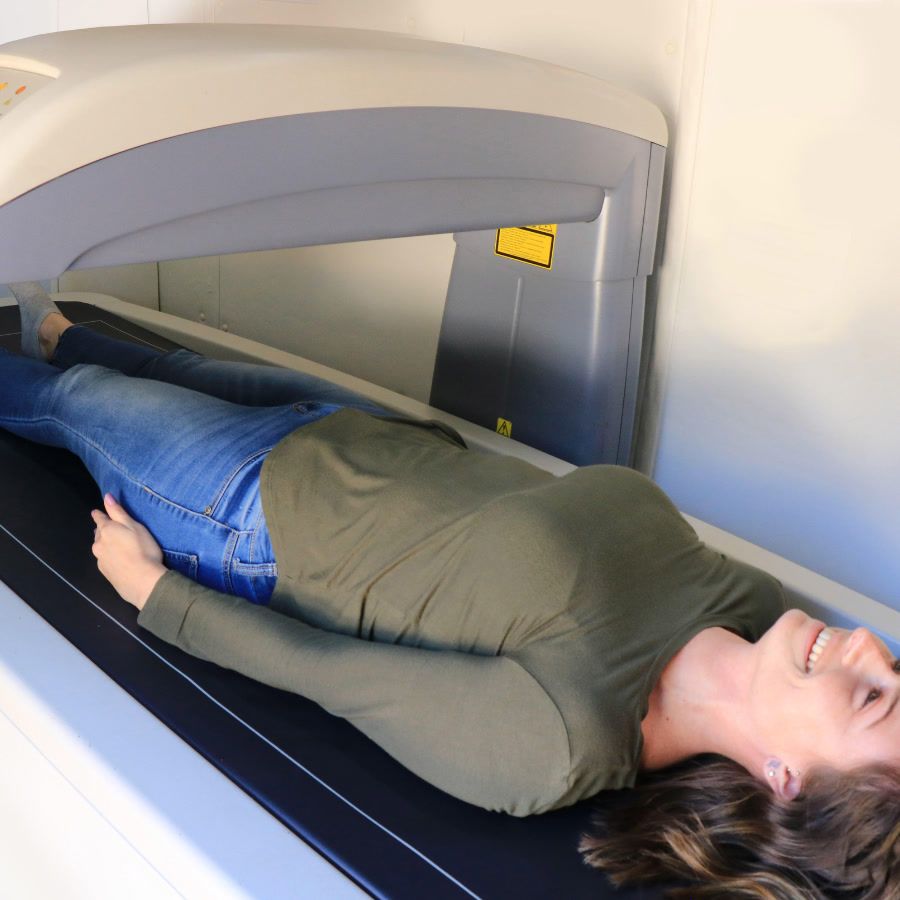Soft Tissue Injury: Symptoms, Treatment & Recovery

Soft Tissue Injury: Symptoms, Treatment & Recovery
Pulled your hamstring on a sprint? Rolled an ankle during weekend soccer? Chances are you’ve experienced a soft tissue injury—damage to the muscles, ligaments, or tendons that keep your body moving. Strains and sprains account for about 40% of sports-related injuries (WebMD), yet many people still rely on outdated advice or guesswork when it comes to healing.
This evidence-backed guide breaks down everything you need to know—from the first 24 hours of first aid through the months of rehab—so you can return to pain-free movement with confidence.
What Is a Soft Tissue Injury?
A soft tissue injury is any trauma that harms non-bony structures—muscle fibers, tendons, ligaments, fascia, or the tiny bursae that cushion your joints. Orthopedic specialists split them into two broad categories:
- Acute injuries: happen suddenly (e.g., an ankle sprain during basketball).
- Overuse injuries: develop gradually from repetitive stress (e.g., tendonitis in a desk worker’s wrist).
The Most Common Types
| Type | Tissue Affected | Typical Cause | Hallmark Symptom |
|---|---|---|---|
| Sprain | Ligament | Twist or wrench beyond normal range | Joint instability |
| Strain | Muscle or tendon | Excessive stretch or load | Sharp pain + spasm |
| Contusion (bruise) | Muscle & blood vessels | Direct blow | Discolored skin |
| Tendonitis | Tendon | Repetitive motion | Aching that worsens with use |
| Bursitis | Bursa | Prolonged pressure or friction | Localized swelling |
Ankle sprains are especially common; according to the AAOS, nearly 70% of ankle injuries seen in emergency rooms are sprains rather than fractures (AAOS).
Severity Matters: Soft Tissue Injury Grading
According to the Cleveland Clinic, doctors grade sprains and strains on a three-point scale that predicts pain level, treatment intensity, and healing time.
| Grade | Tissue Damage | Key Signs | Typical Downtime |
|---|---|---|---|
| I (mild) | Microscopic fibers overstretched | Mild pain, minimal swelling, full weight bearing possible | 1–3 weeks |
| II (moderate) | Partial tear | Noticeable swelling, bruising, limited motion, some instability | 3–6 weeks |
| III (severe) | Complete tear or rupture | Severe pain at first, then possible loss of pain, gross instability, inability to bear weight | 8–12 weeks (often surgical) |
Use this table as a quick self-check, but always consult a clinician for an official diagnosis—especially if you notice red-flag symptoms (see below).
Causes & Risk Factors
- Sudden impacts or falls
- Poor landing mechanics
- Fatigue-related form breakdown
- Inadequate warm-up or flexibility
- Previous injury to the same area
- Sudden spikes in training volume (“weekend warrior” syndrome)
- Poor footwear or ergonomic setup

Symptoms & Red Flags
Most soft tissue injuries share a cluster of symptoms:
- Pain (sharp or dull)
- Swelling or puffiness
- Bruising or discoloration
- Warmth around the area
- Limited range of motion or stiffness
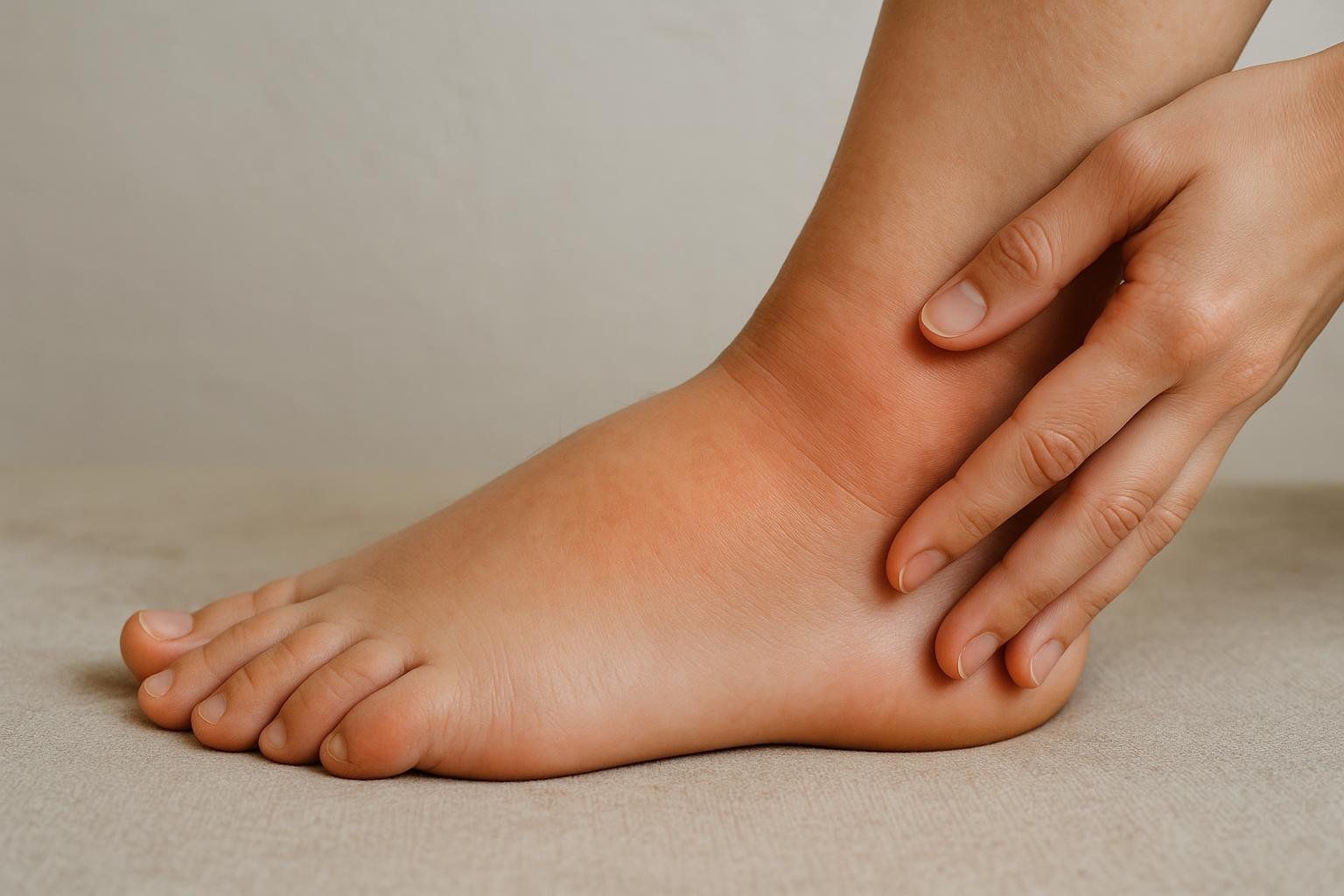
Red-flag signs—seek medical care if you notice:
- Numbness or tingling (possible nerve involvement)
- Inability to bear weight or severe instability
- Visible deformity or “gap” in the muscle/tendon
- Rapidly increasing swelling or tightness (risk of compartment syndrome)
How Are Soft Tissue Injuries Diagnosed?
A clinician starts with your injury history and hands-on exam. Imaging tools add detail when needed:
- Ultrasound – dynamic view of tendons or muscle tears.
- MRI – gold standard for grading severe sprains/strains.
- X-ray – rules out associated fractures.
First 24 Hours: PEACE & LOVE vs. Classic RICE
You’ve heard RICE—Rest, Ice, Compression, Elevation—but experts now recommend the more holistic PEACE & LOVE framework (Hopkins Medicine):
PEACE (Day 0–3)
- Protect: unload & support injury.
- Elevate: keep area above heart.
- Avoid anti-inflammatories: they can delay tissue repair.
- Compress: elastic bandage or sleeve.
- Educate: understand the healing process.
LOVE (Day 3 onward)
- Load: incremental weight-bearing & movement.
- Optimism: mindset matters for pain perception.
- Circulation: low-impact cardio to boost blood flow.
- Exercise: progressive strength & mobility drills.
Ice remains useful for short-term pain control in those first couple of days, but prolonged numbing is no substitute for movement—gradually loading the tissue encourages collagen realignment and speeds long-term recovery.
Rehab Roadmap: From Couch to Comeback
Below is a typical Grade II ankle sprain timeline. Use it as a reference, not a rigid plan.
| Phase | Timeframe | Primary Focus | Sample Activities |
|---|---|---|---|
| Acute | Days 0–3 | Protect & control swelling | Compression wrap, gentle pain-free ankle pumps |
| Early Load | Days 4–10 | Restore range of motion | Alphabet toe draws, supported weight shifting |
| Strength & Balance | Weeks 2–4 | Rebuild stability | Resistance-band eversion/inversion, single-leg stands |
| Power & Return to Sport | Weeks 4–6+ | Sport-specific drills | Agility ladder, hopping, cutting drills |
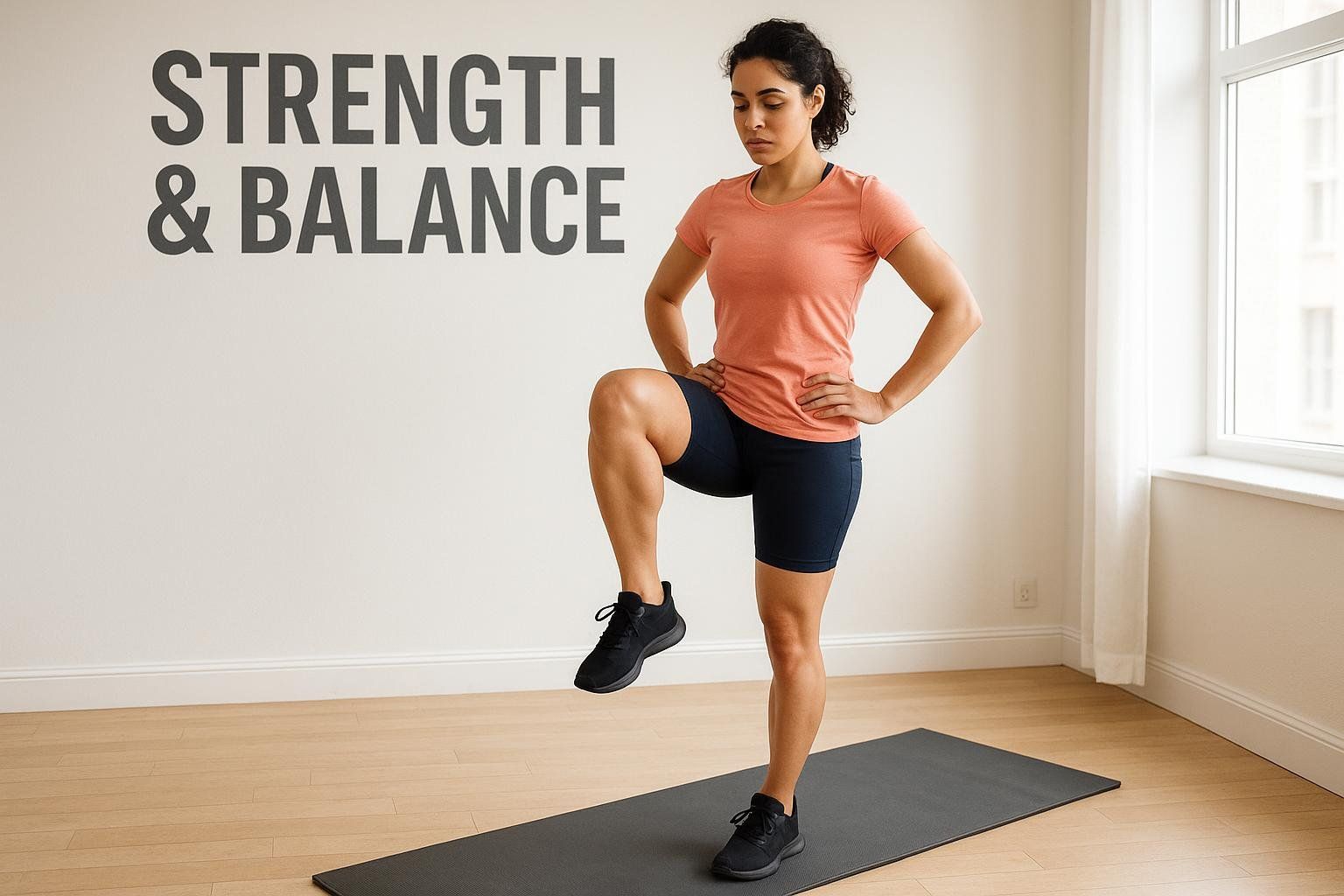
For a comprehensive list of mobility drills, check out our step-by-step exercise library.
Prevention Strategies

- Warm-up & dynamic stretching: 5–10 minutes before intense activity.
- Strength training: emphasize eccentric loading for tendons.
- Balance & proprioception: wobble-board or single-leg drills.
- Gradual load progression: follow the 10% weekly rule for volume.
- Active recovery: incorporate foam rolling and mobility work.
- Ergonomics: adjust workstation height and chair support.
- Consistent activity: avoid the boom-and-bust “weekend warrior” cycle—our guide to injury-prevention workouts has plug-and-play routines.
Monitoring Muscle Recovery During Rehab
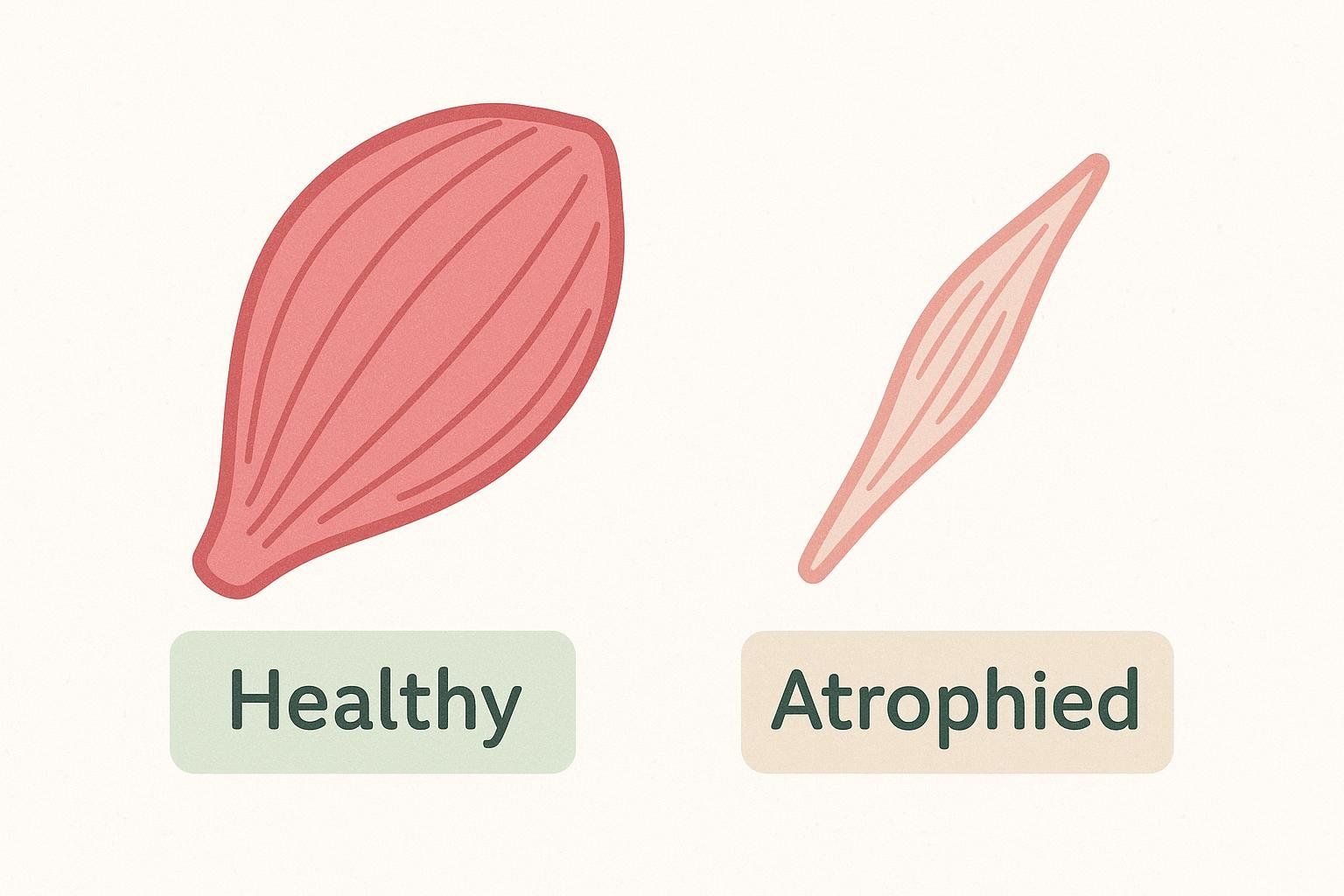
Limb immobilization can reduce muscle mass by roughly 0.5% per day, according to a 2017 study in the Journal of Applied Physiology. Tracking these changes with a DEXA scan helps you and your physical therapist identify when it’s safe—and smart—to progress to heavier loading.
Soft Tissue Injury FAQ
How do I know if it’s a sprain or a fracture?
If you can’t bear weight, have pinpoint bone pain, or hear a “crack,” get an X-ray to rule out a break (Baptist Health).
Should I keep icing after the first week?
Ice can dull pain, but prolonged use may slow blood flow. After 72 hours, prioritize heat or light cardio to stimulate circulation—unless swelling returns.
Are anti-inflammatory meds dangerous for healing?
Short courses for pain control are fine, but extended use—especially in the first 48 hours—may hinder tissue repair by suppressing prostaglandin-driven healing (Journal of Applied Physiology).
Can I work out other body parts while injured?
Absolutely—just avoid movements that stress the injured tissue. Upper-body machines or stationary cycling often stay in play.
When is surgery necessary?
Mostly for Grade III full ruptures, especially in ligaments like the ACL or complete Achilles tendon tears.
Key Takeaways
- Grade your injury to set realistic expectations.
- Follow PEACE & LOVE: protect early, load progressively.
- Use DEXA data to monitor muscle loss and gains objectively.
- Don’t rush: smart rehab now prevents chronic pain later.
Your body is remarkably resilient—give it the right inputs, track your progress, and you’ll be back to full speed before you know it.
